5 Steps to Effective Primary PE Planning
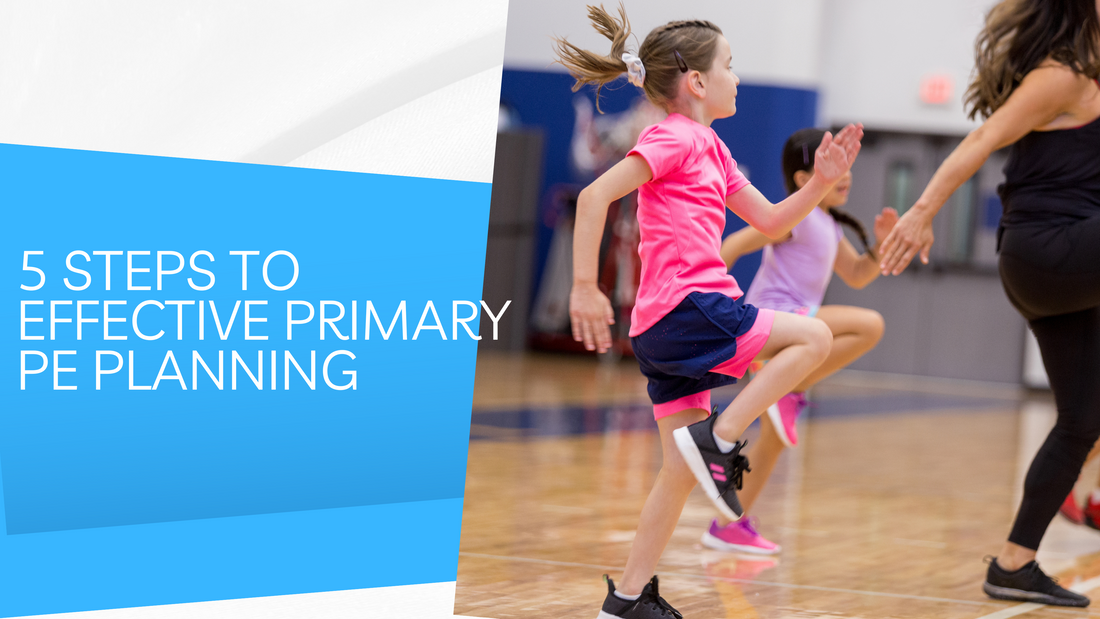
Planning is integral to any educational process, and Physical Education (PE) is no exception. With effective planning, PE teachers can ensure that their lessons are structured, inclusive, and beneficial for all students. In this blog post, we will break down primary PE planning into five manageable steps. So, let's get started!
Step 1: Understand Your Curriculum
The first step in effective primary PE planning is to thoroughly understand your curriculum. Familiarize yourself with the learning outcomes and standards set out by your local or national curriculum. Understand what skills and knowledge your students are expected to acquire at each grade level. Remember, the curriculum serves as a roadmap for your PE planning, helping you to ensure that your lessons are age-appropriate and meet educational standards.
Step 2: Know Your Students
Knowing your students is crucial in planning effective PE lessons. Be aware of their abilities, interests, and needs. Are there students with special needs in your class? Are there skill disparities among your students? What activities do your students enjoy? Understanding these factors will allow you to plan inclusive, engaging lessons that cater to your student's needs.
Step 3: Set Clear and Achievable Goals
Once you understand your curriculum and students well, the next step is to set clear and achievable goals for your lessons. These goals should align with the learning outcomes set out in your curriculum. Ensure your goals are specific, measurable, attainable, relevant, and time-bound (SMART). Clear goals will provide direction for your lessons and a benchmark for assessing your students' progress.
Step 4: Plan Varied and Engaging Activities
Effective PE lessons are those that keep students active, engaged, and motivated. To achieve this, plan a variety of activities that cater to different skills and interests. This could include team sports, individual fitness activities, dance, gymnastics, and more. Also, consider incorporating educational games that make learning fun and engaging.
Step 5: Include Assessment and Reflection
Finally, effective PE planning should include methods for assessing student progress and reflecting on the effectiveness of your lessons. This could involve formal assessments, student feedback, or simply observing your students during lessons. Remember, assessment and reflection are not just for the end of a lesson or unit; they should be ongoing processes that inform your planning and teaching.
Conclusion
Effective primary PE planning might seem like a daunting task, but breaking it down into these five steps can make the process more manageable. By understanding your curriculum, knowing your students, setting clear goals, planning varied activities, and including assessment and reflection, you can create PE lessons that are engaging, inclusive, and beneficial for all your students.
Stay tuned for our next post in this series, where we'll be discussing common challenges in primary PE planning and how to overcome them.
Do you have any questions about primary PE planning? Let us know in the comments below!
No comments



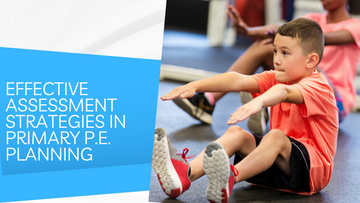

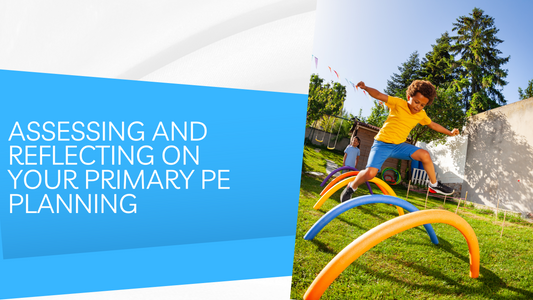
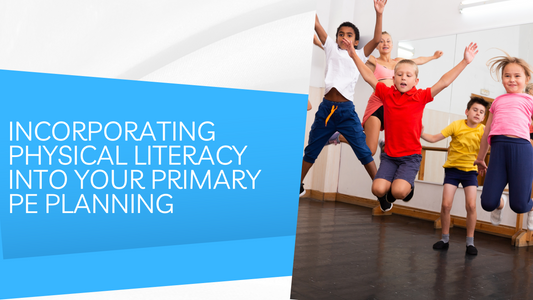
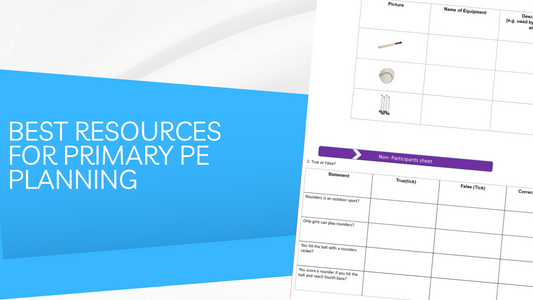
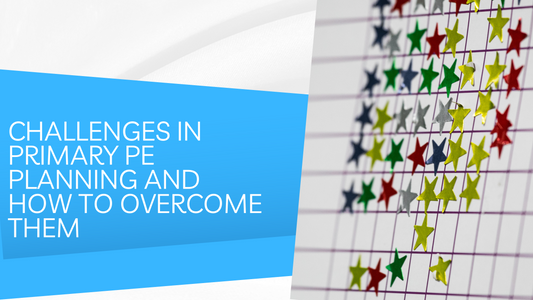
comments